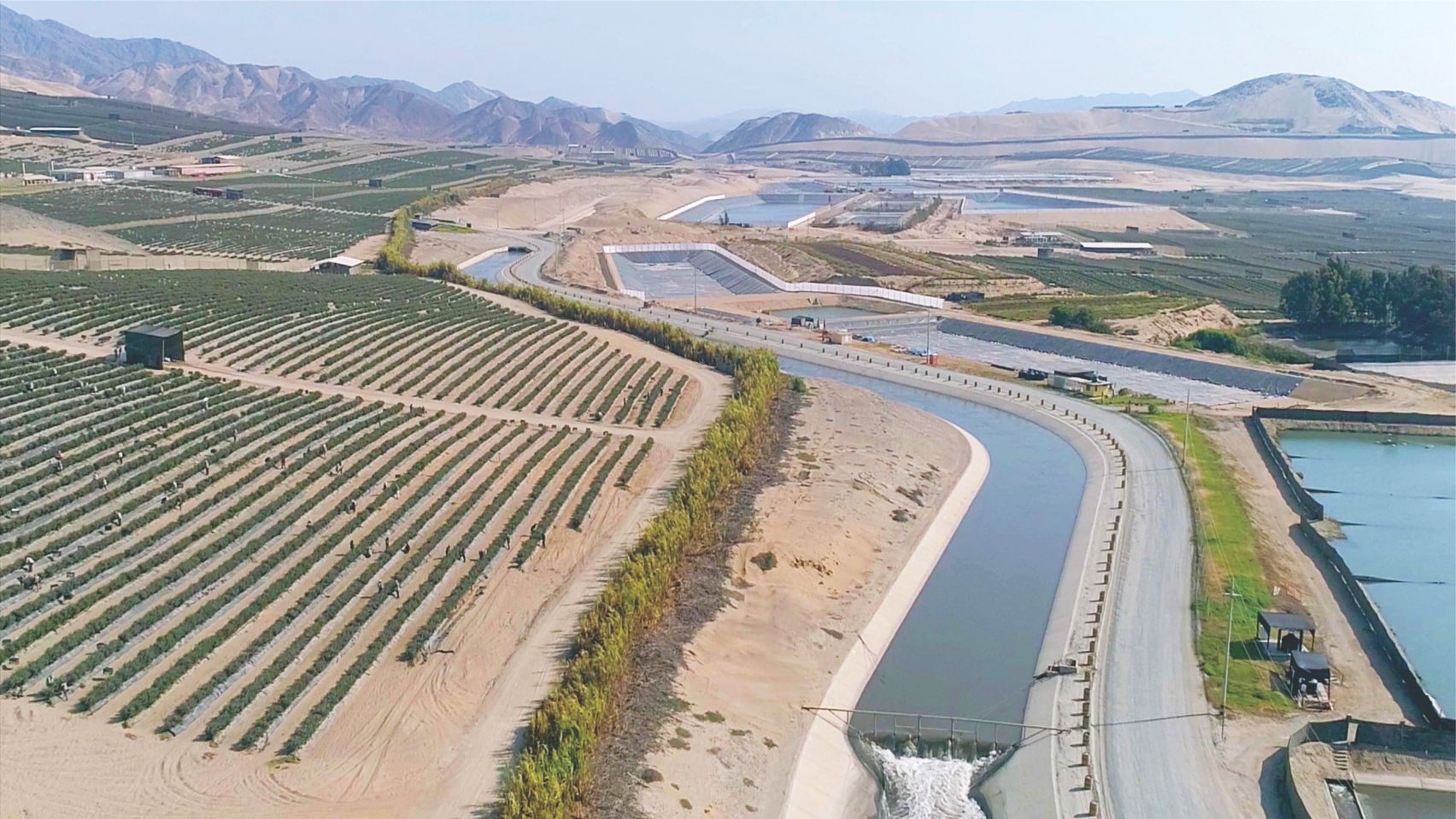On the new axioms for reading the landscape by Mitchell (2008)
A review from Lewis
Original seven axioms (Lewis 1976)1, provided a reference to interprete landscapes, assuming they are constantly produced by individual interactions within a societal group of changing struggles and paradigms. Keeping on the original objective, Mitchell (2008)2 proposed six axioms that are based on empirical findings of his research on the influence that capital circulation have over people role in landscape evolution.
Comparing both axioms
| Lewis | Mitchell |
|---|---|
| The landscape is a clue to culture | The landscape is produced |
| Landscape is a reflection of culture | Any landscape is or was to functional capitalist creation of value |
| Beyond academic interpretation | No landscape is local |
| History matters | History does matter |
| Location matters | Landscape is power |
| Physical environment matters | Landscape is the spatial form that social justice takes |
| An obscure meaning can be cleared up by visual evidence | - |
 source: http://www.chavimochic.gob.pe
source: http://www.chavimochic.gob.pe
Interpretation
Michell builds up on Lewis only at the begining, they share the Lefebvrian principle of a socially produced space that allows interpretation from its emergent features. Mitchell continues the argument based on two Radical Geography elements: commodification of space and the search of social justice. These are the main axis of his sequential analysis where his argument is based. Therefore, his contribution goes beyond marxian explanation as it aims to provide a definition of landscape that is operational to social action as a means to counter alienation in the context of production of space.